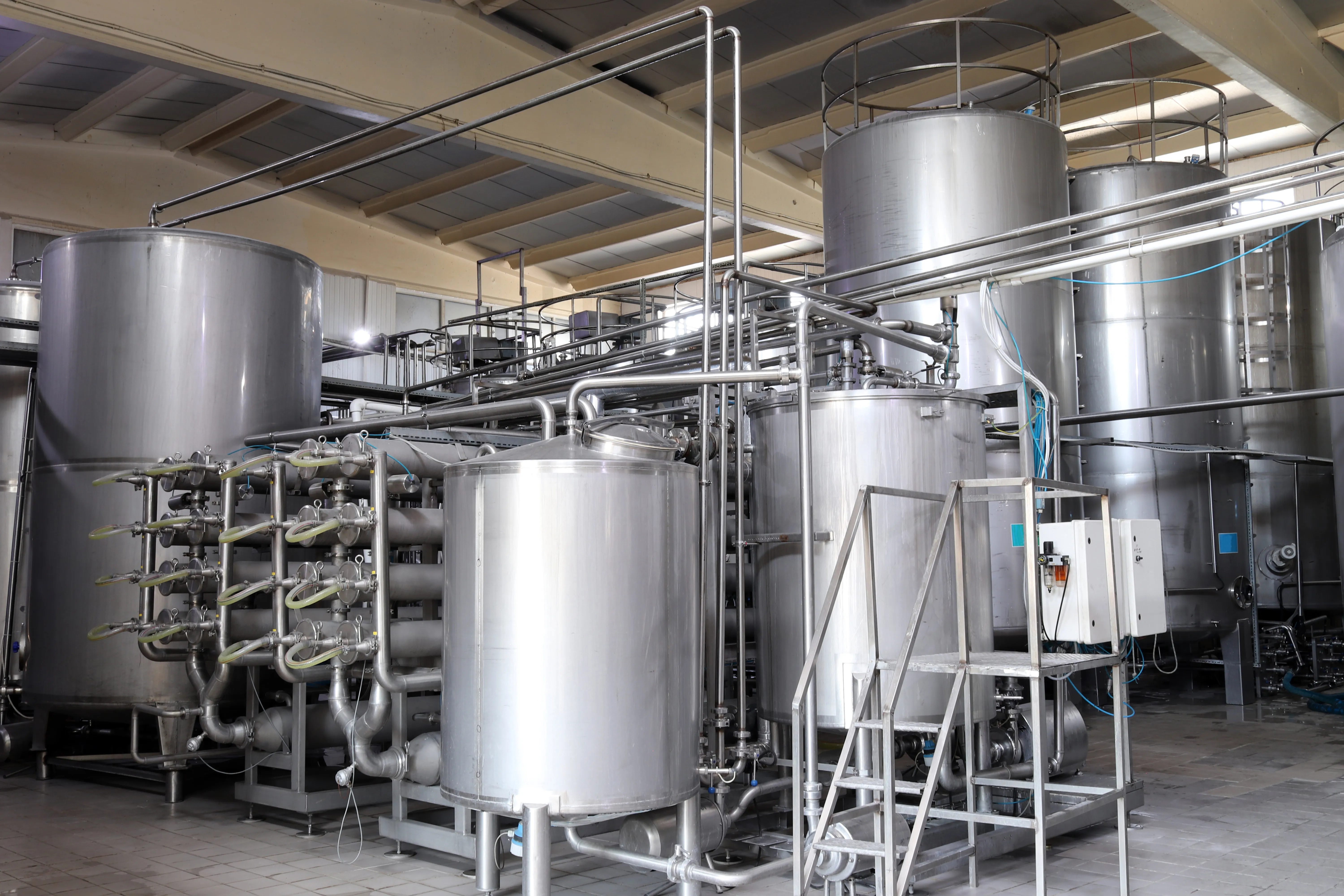Clean-in-Place (CIP) and Sterilize-in-Place (SIP) systems are integral to the pharmaceutical, biotech, and food industries. These sophisticated, automated systems ensure the cleaning and sterilization of processing equipment without requiring disassembly, thereby enhancing safety, efficiency, and productivity.
What are CIP and SIP Systems?
CIP systems operate by using cleaning solutions, water, and other chemicals to remove residues and contaminants from processing equipment. Their primary goal is to minimize contamination risks, support productivity, and boost product quality. Meanwhile, SIP systems utilize steam or other sterilizing agents to eradicate microorganisms on equipment surfaces, ensuring the necessary sterility for subsequent production batches. Both systems are pivotal for maintaining high cleanliness and sterility standards, crucial for modern manufacturing operations.
Applications in the Food Industry
CIP and SIP systems play a critical role in the food processing industry, helping ensure equipment sanitation during the production of various food products:
- Dairy Products: Essential for cleaning and sterilizing equipment used in the production of milk, yogurt, cheese, and butter.
- Beverages: Applied in creating a variety of drinks, including soft drinks, juices, beer, wine, and spirits.
- Baby Food: Used to confirm equipment sterilization before product creation.
- Meat and Poultry: Ensures cleanliness in meat and poultry processing equipment, covering items like sausages and chicken nuggets.
- Bakery Products: Employed during the production of bread, cakes, and other bakery items.
How CIP and SIP Systems Operate
The seamless operation of CIP and SIP systems involves numerous automated stages:
CIP Systems
- Pre-rinse: Initiates with a rinse to remove loose debris.
- Cleaning Solution Circulation: Circulates an alkaline or acid cleaning solution, often heated for effectiveness.
- Post-rinse: Rinses equipment with water to clear any cleaning solution residue.
- Final Rinse: Utilizes high-quality water for any remaining contaminants.
SIP Systems
- Pre-rinse: Removes loose contaminants.
- Sterilization: Circulates steam or sterilizing agents to eliminate microorganisms.
- Post-rinse: Washes away any remaining sterilizing agent.
- Final Rinse: Guarantees any residual contaminants are removed using high-quality water.
Market Growth and Geographical Insights
The CIP and SIP system markets are projected for significant growth. Anticipated to grow at a CAGR of 3.7% for CIP and 7.2% for SIP between 2020 and 2025, this expansion is driven by the pharmaceutical, biotech, and food industries’ demands for improved manufacturing efficiency and quality. North America and Europe currently dominate these markets, but Asia-Pacific is poised to see the highest growth due to increased demand for pharmaceuticals and food products coupled with rising adoption of automation technologies.
Conclusion
CIP and SIP systems are indispensable to food, pharmaceutical, and biotech industries, ensuring equipment remains clean, sterile, and ready for efficient production. As these industries expand and prioritize safety and quality, the role of these systems will only continue to grow.
 PMG stands for Projects Management Group. We provide state-of-the-art Engineering Services to build world-class food processing factories.
PMG stands for Projects Management Group. We provide state-of-the-art Engineering Services to build world-class food processing factories.  Engineering is the difference between Chaos and Excellence. If you are going to do it, do it right.
Engineering is the difference between Chaos and Excellence. If you are going to do it, do it right.  Explore the diverse range of Products in the Food Processing Industry.
Explore the diverse range of Products in the Food Processing Industry.  Explore the technologies at the heart of the the Food Processing Industry.
Explore the technologies at the heart of the the Food Processing Industry. 


 Back
Back 



